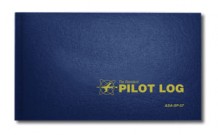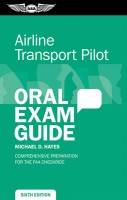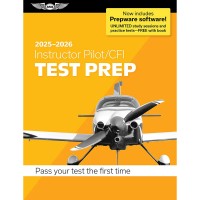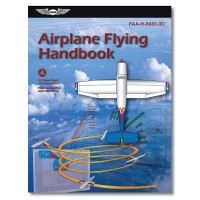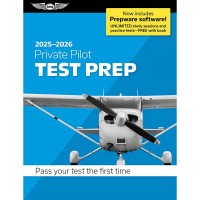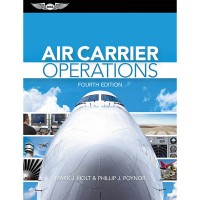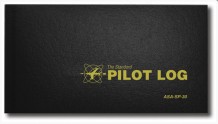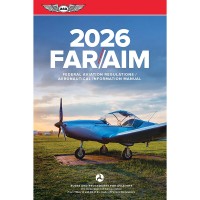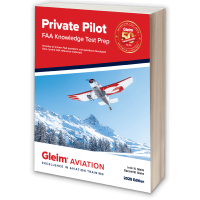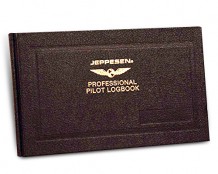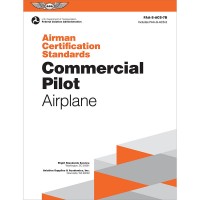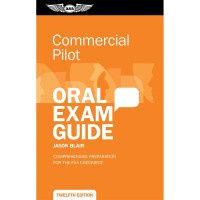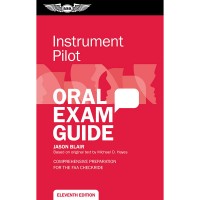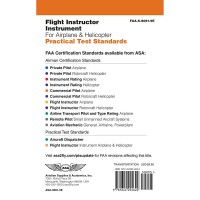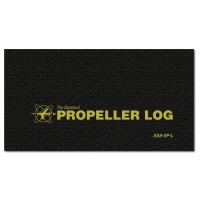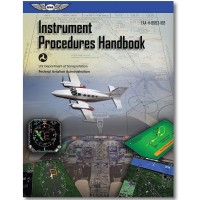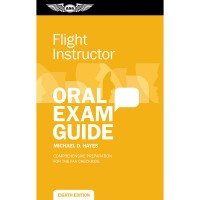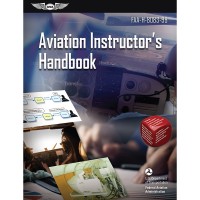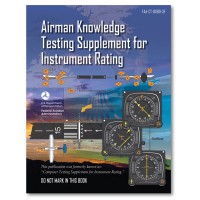THE AVIATION SUPERSTORE FOR ALL YOUR AIRCRAFT & PILOT NEEDS | 877-4-SPRUCE
ASA Test Prep 2025-2026: Airline Transport Pilot Test Prep With Prepware Software (Softcover)
$78.75/Each
Part# 13-25711-25
MFR Model# ASA-TP-ATP-25
MFR Model# ASA-TP-ATP-25
Overview
|
ASA Test Prep Books now come with Prepware FREE!
Tests are hard. Studying doesnít need to be. Join millions of pilots and mechanics who chose ASA and passed their tests the first time, using the most trusted resource in FAA test preparation. Test material is expertly organized into chapters based on subject matter and includes introductory text and illustrations, questions, answer choices, answers, explanations (for correct and incorrect answers), and references for further study. Use the book to become familiar with the FAA Knowledge Exam, then use Prepware for unlimited study sessions and practice tests, and receive your test authorization (endorsement) at no additional cost! The ASA Test Prep and Prepware software include the figures, legends, and full-color charts youíll see at the testing center. Questions cover all ATP and Aircraft Dispatcher FAA Knowledge Exams and are identified by test: airplane and helicopter. You can also count on ASA to monitor FAA test changes and update you through a free email service. ASAís Airline Transport Pilot Test Prep is the pilotís best resource for successful test-taking.
|
WARNING: Cancer and Reproductive Harm - www.P65Warnings.ca.gov. |
Specifications
- Edition: 2025
- Effective Date: 2024
- Page Count: 984
- Illustrations: Black and white
- Inclusions: Softcover Book + Software Redemption Code
- Copyright: © 1957-2022 Aviation Supplies & Academics, Inc. All rights reserved.
- Dimensions: 8.25 x 10.75 inches
- ISBN Number: 978-1-64425-441-7
- Date Published: 2024
- Search: True
Documents
- Look Inside (PDF)
Q&A
Please note, Aircraft Spruce ®'s personnel are not certified aircraft mechanics and can only provide general support and ideas, which should not be relied upon or implemented in lieu of consulting an A&P or other qualified technician. Aircraft Spruce ® assumes no responsibility or liability for any issue or problem which may arise from any repair, modification or other work done from this knowledge base. Any product eligibility information provided here is based on general application guides and we recommend always referring to your specific aircraft parts manual, the parts manufacturer or consulting with a qualified mechanic.



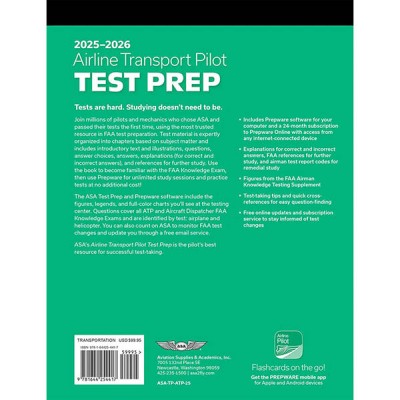
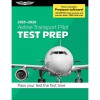






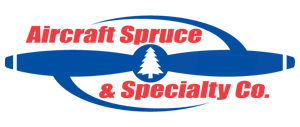 FREE Shipping
FREE Shipping

